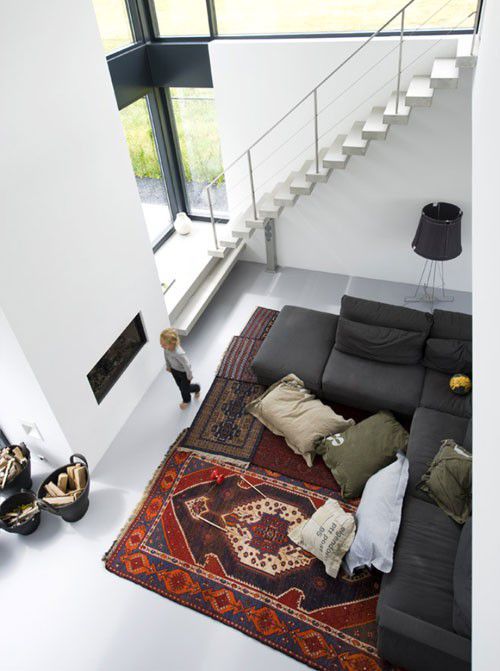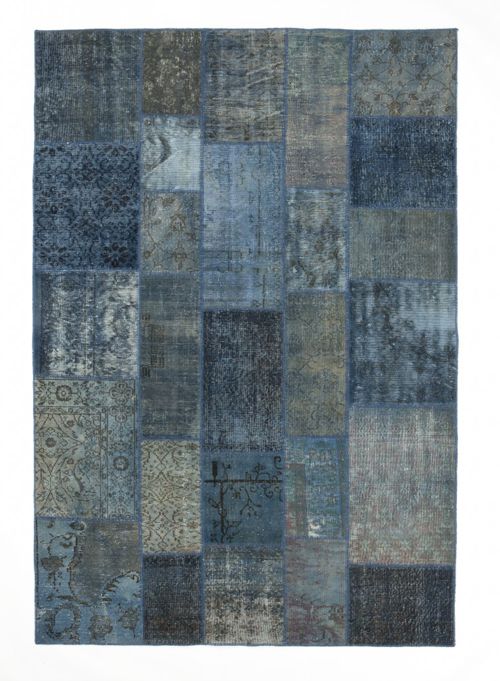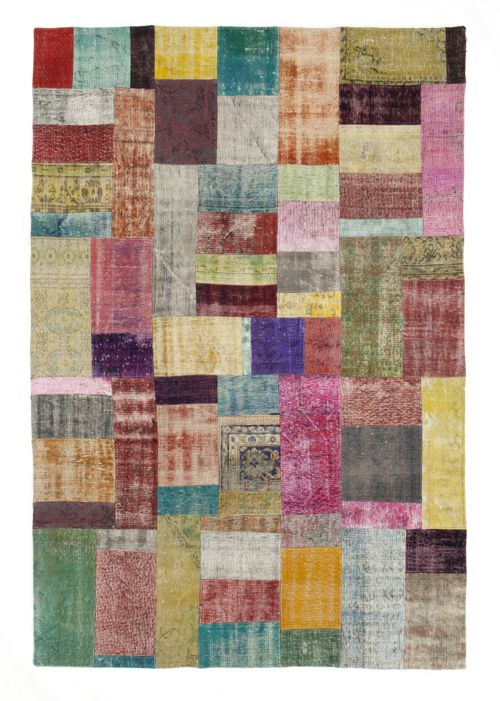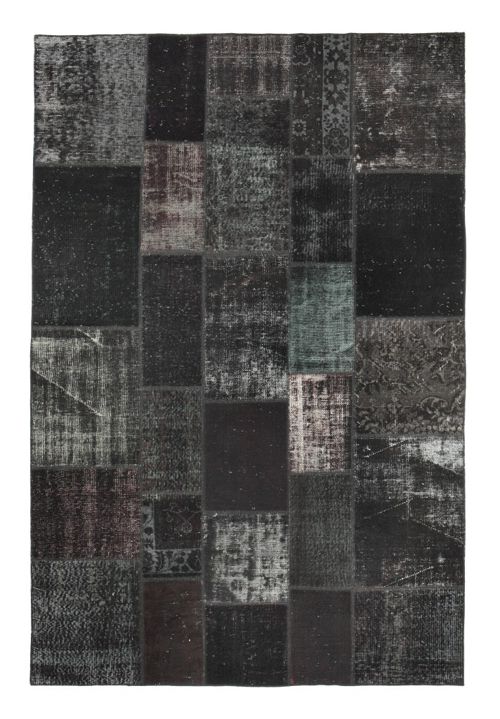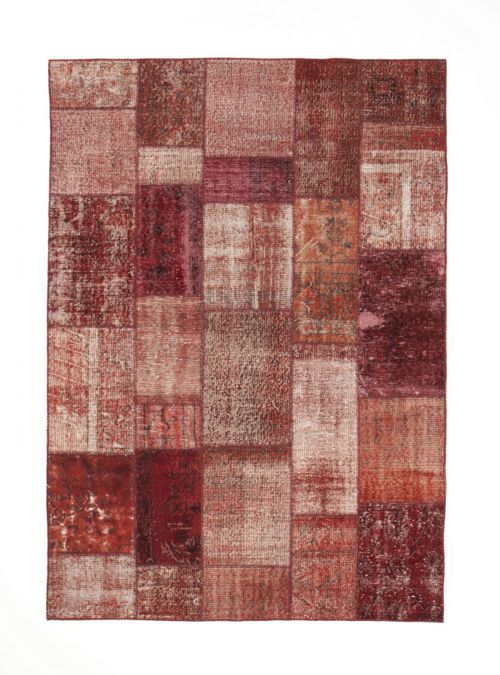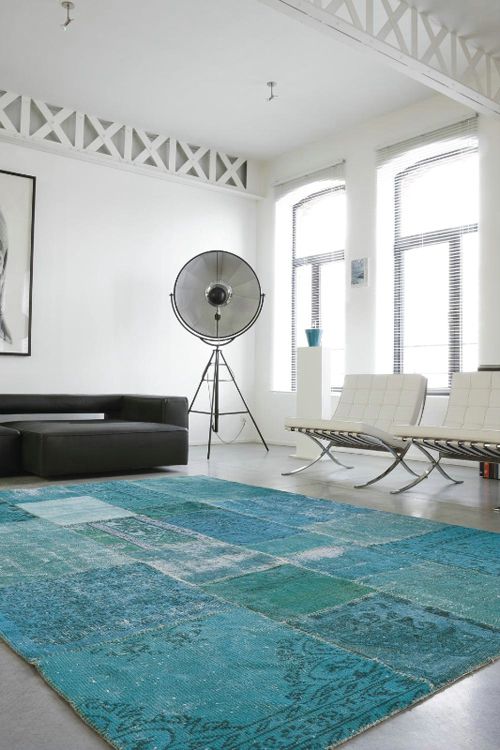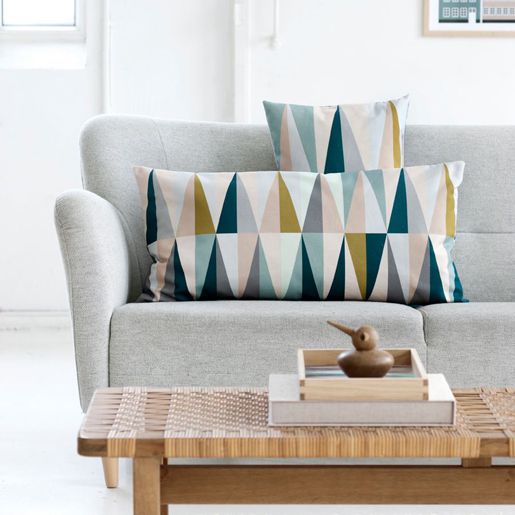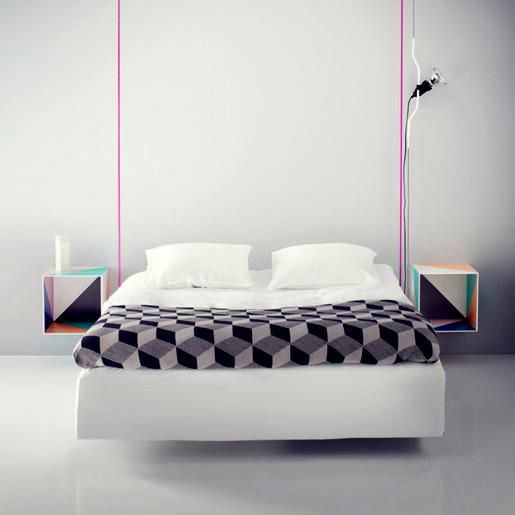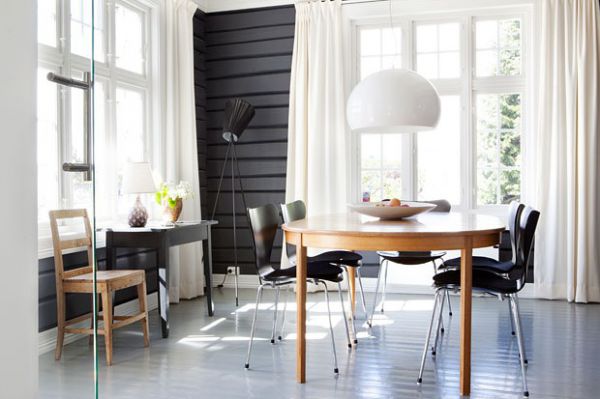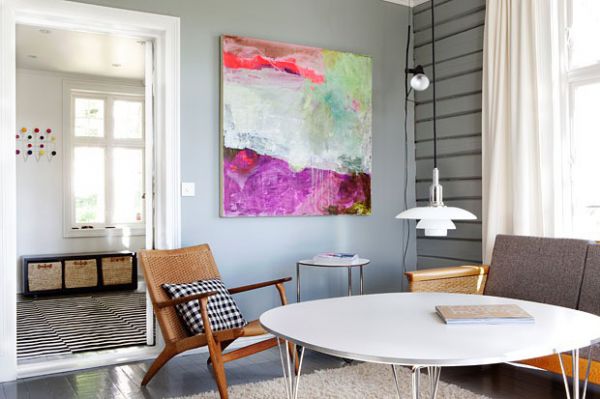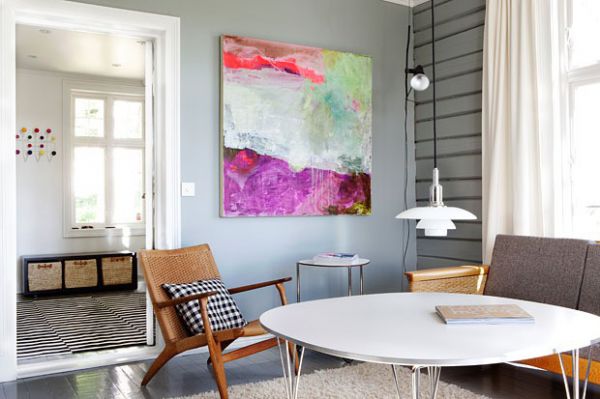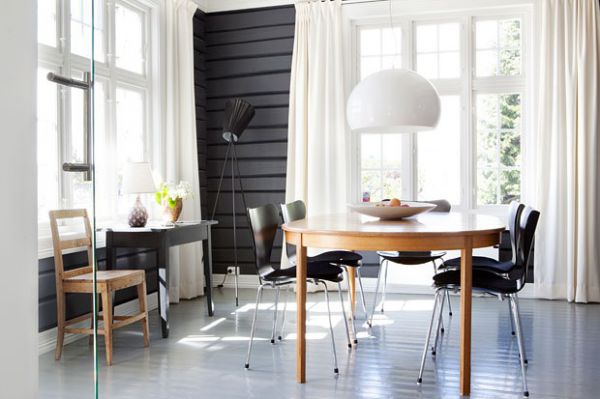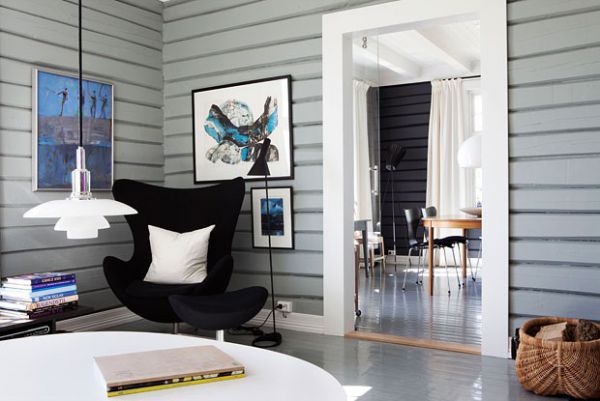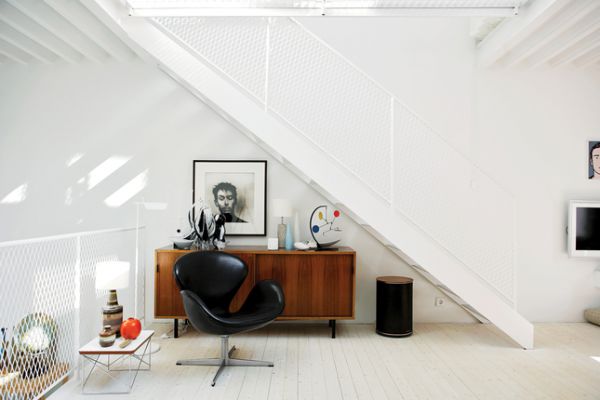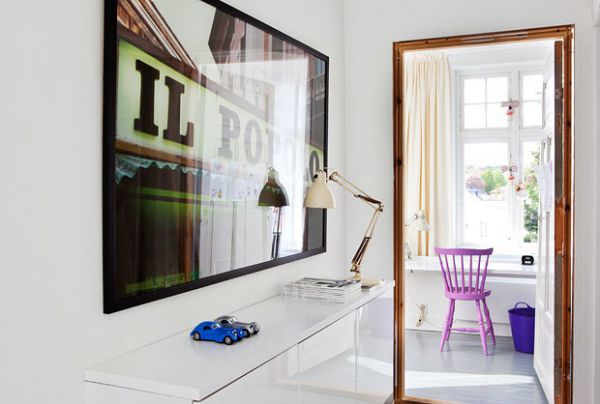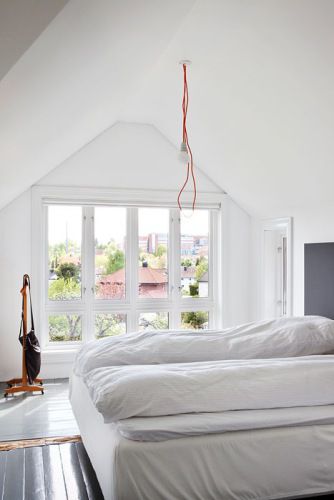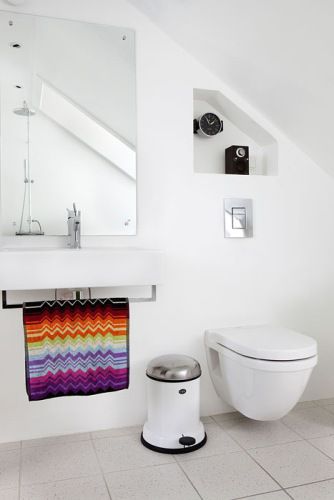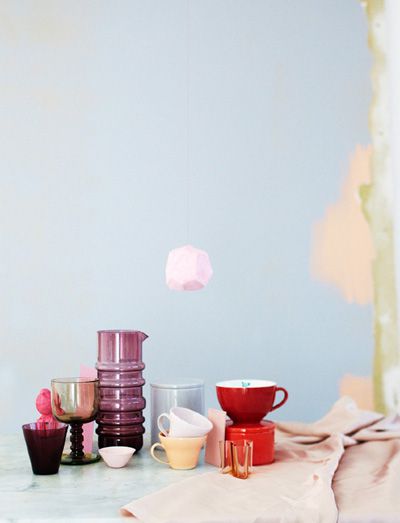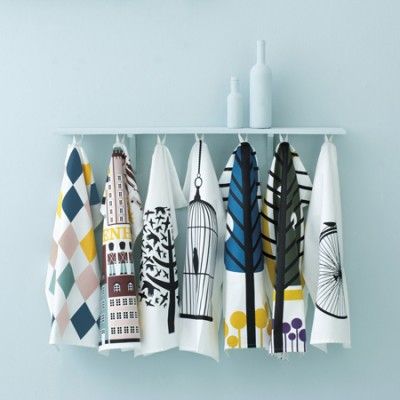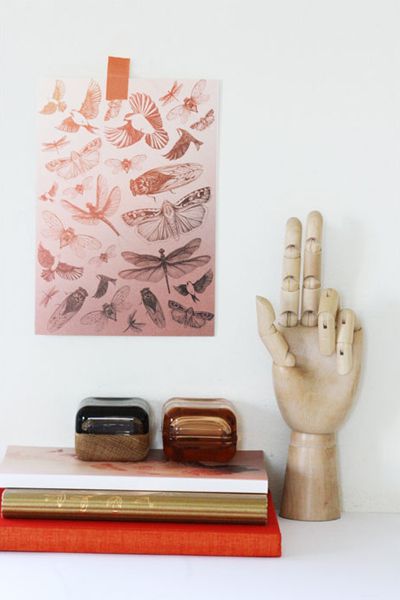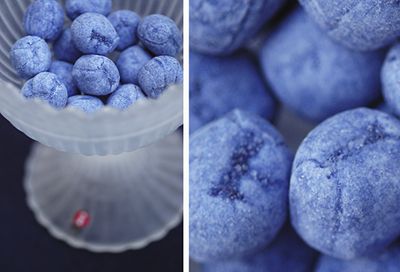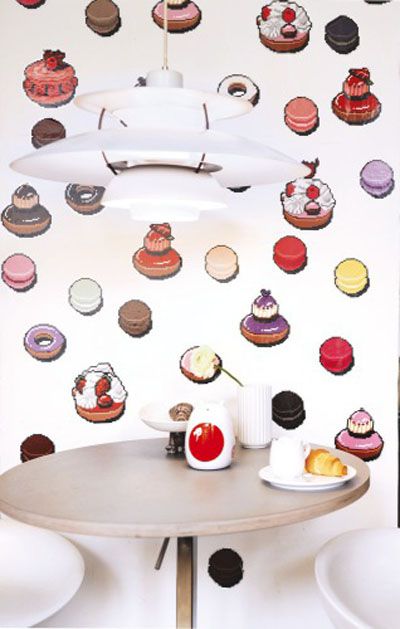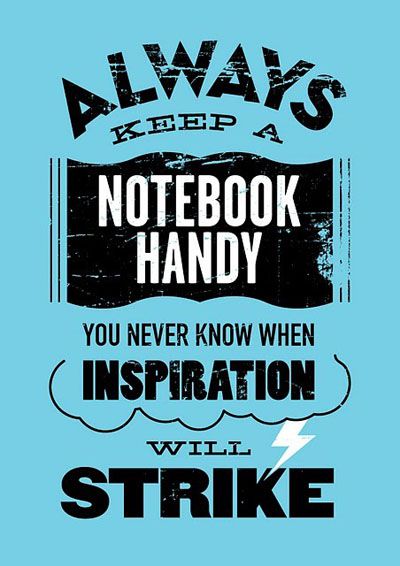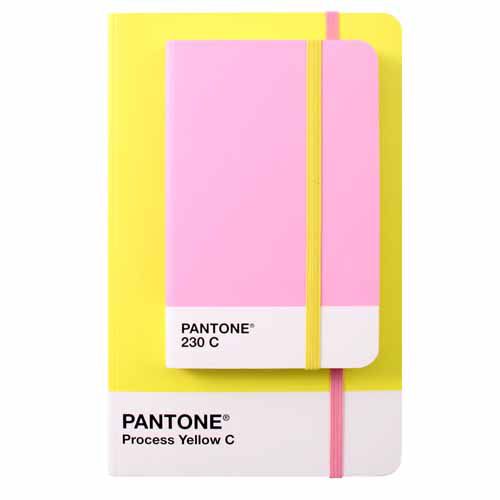CIVILIZING DESIGN:
EPAL DURING A QUARTER OF A CENTURY
I would like to start by confessing that twenty five years ago I didn’t consider Eyjólfur Pálsson capable of great ventures, not as a design pioneer nor as a businessman. His appearance, chin-tufted as he was, and speaking so silently that one would say “Pardon me” every time he said something, looking somewhat dreamingly over his sisal-mats, the PH-lamps and the Børge Mogensen furniture in the store in Síðumúli, he reminded you of a flower child of Danish family who had wandered into business.
It wasn’t until I tried to negotiate with Eyjólfur on favourable instalments on furniture I was buying from him that I realized that in this peaceable gentleman rested a hard-nosed businessman. Moreover, I could have told yourself, that whoever called his company so directly after himself, must be very self-confident.
Eventually, people realized that Eyjólfur’s “dreams” were feasible. It was possible to sell fine design to Icelanders, furniture and other equipment, although these things were more expensive than simple mass production. This salesmanship has, however, probably demanded enormous work and farsightedness. Nevertheless, the manager remained calm.
On second thought, apparently, the founding of EPAL was part of a bigger design wave abroad. The late seventies and the first part of the eighties were times of extreme prosperity, people had enormous amounts of money and were very eager to buy specially- designed things, new and old. Designers, design companies and stores blossomed as never before. Also during this period, special design museums came into being, the Design Museum of London, the Wolfsonian Foundation of Florida an the Frank Lloyd Wright Museum in Michigan.
When the last economic crisis occurred less than a decade ago, it of course affected badly these very design companies, designers and museums. I am not very familiar with the internal affairs of Eyjólfur’s company, so I am not well aware of how he managed to keep the company afloat through those difficulties and make it the super power in design development it is today. I think that this success is not least due to a sensible purchase policy. Instead of sticking tightly to international luxury design, especially various very expensive eyecatchers from Italy, Eyjólfur chose to cultivate contacts with the Nordic countries above all.
There the roots of modern Icelandic design are to be found, and also the roots of numerous educated Icelanders; moreover, different aspects in the way of thinking among Nordic designers affects us directly in Iceland. All of this should have made it easier for Eyjólfur to sell remarkable quantities of Nordic furnishings to companies and schools and thus strengthen EPAL’s economic base.
Eyjólfur was doing business, no doubt about that. But none of his customers could fail to notice that good design was his passion. In the name of this passion he was prepared to take various risks: to establish co-operation with designers like Ole Kortzau, to cost the design of prototypes, to support young Icelandic designers in producing and marketing their products, and even to start the production of specially- designed products under EPAL’s. Some of these risky projects worked out, others didn’t. The point was that no one else, not even the State itself, with its numerous development funds, seemed to be interested in costing such development work. For Eyjólfurs great courage, the Danish export industry presented him with a fine bicycle; more over his majesty the Danish Prince Henrik awarded him a medal and a diploma. Up to now, the Icelandic authorities have not offered him any such loyalty.
In order to keep up with various innovations in Nordic furniture design, interested people only needed to drop by EPAL regularly, at first in Síðumúli and later on in the graceful building designed for the company by Manfreð Vilhjálmsson in Skeifan. There the director wasseen walking about, somewhat absent-mindedly, maybe pointing out a new sofa, upholstery or lamp equipment, mentioning the advantages and the disadvantages of the article in question in very few words. I think that the term “nice” might have been the strongest praise about design he would express. But then again the thing would be really excellent. And I suspect, that these brusque comments by Eyjólfur made some people scrutinize design in a new way; wonder what makes a well-designed utility desirable.
It wasn’t until one participated in meetings with Eyjólfur that one would understand why he was always so absent-minded. This man is located totally in the future, ceaselessly deliberating something, not only for his own company, but also for design in Iceland. exhibitions, conferences, presentations, marketing campaigns, construction projects and various co-operative projects with designers. Each meeting with him turns into brainstorming – however softly, which benefitted the undersigned when he launched the design prize hosted by the newspaper DV. Usually the most useful comments and the best ideas came from Eyjólfur.
At the begining of a new century there has been some turbulence within the area of design, as well as within other areas of the visual arts. Exhibitions of young designers’ work carry with them that the tasteful modernistic design that Icelanders have inherited from the Nordic pioneers is now in trouble. The younger generation seems to prefer systematic chaos instead of systematic tastefulness. What will then become of a company like EPAL? I am really hoping that the mission of civilizing design will be carried on, design that makes it easier for us to enjoy our lifes to the fullest, in agreement with the environment in which we live. And the one who can really spread that gospel in this country is Eyjólfur of EPAL.
